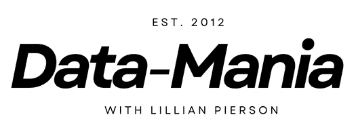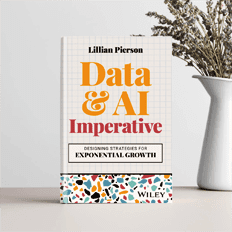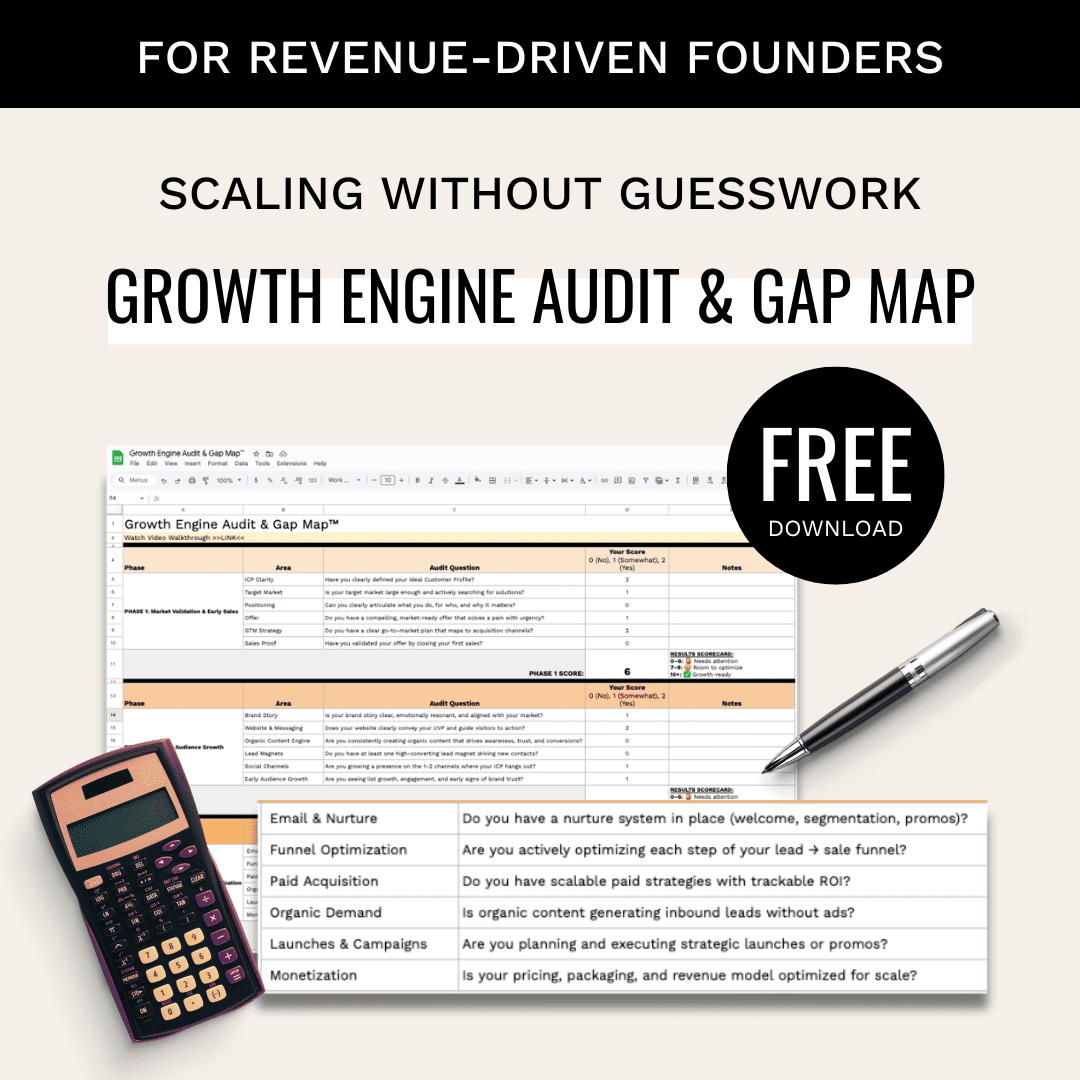Learning Python for Data Science can really go a long way in elevating your career potential, but at first – learning to code can seem scary for most. If that’s you, don’t worry – it can be done totally, without going back to school either.
In today’s article, I’m sharing my top 7 easy tips for learning python for data science.
Be sure to read to the end because that’s where I am going to share with you the very best way to take this new skill you’re developing and use it to start attracting clients and would-be employers.
YouTube URL: https://youtu.be/YnrR1Z6wQkw
If you prefer to read instead of watch then, read on…
For the best data leadership and business-building advice on the digital block, subscribe to my newsletter below and I’ll make sure you get notified when a new blog installment gets released (each week). 👇
As far as why I’m qualified to give advice on learning python for data science – through my partnership with LinkedIn learning, I have successfully educated over one million of their students on how to use python for data science. So, you could say I know a thing or two about python for data science.
If you’re new around here… Hi, I’m Lillian Pierson and I support data professionals in becoming world-class data leaders and entrepreneurs.
I broke the 7 tips down into 3 types: learning tips, practice tips, and lifestyle tips. Let’s start with learning tips:
Learning Python for Data Science – Skill-Building Tips
TIP 1 – Find a Good Learning Python for Data Science Source and Stick with It
There are many amazing places to learn both Python and data science for free on the internet. There are also hundreds of videos on YouTube. In all honesty, I can’t recommend any of them because I haven’t used any of them… When I learned data science – I mostly did so through low-cost online course and books.
Which ones? Great question!
Courses:
- LinkedIn Learning – my courses (cost $30 per month – Get a LinkedIn certificate):
- Udemy – ($9.99 lifetime – at the right time) – Any course by Kirill Eremenko, Hadelin de Ponteves or Jose Portillo
- Jose Portillo Course Instructor Page
- Hadelin de Ponteves Course Instructor Page
- Kirill Eremenko Course Instructor Page
- Google Data Analytics Certificate (Grow with Google / Coursera) – $149 – get a Google Certificate. It teaches you all the basics needed for data science, except Python. You’ll learn to use analysis tools and platforms such as spreadsheets (Google Sheets or Microsoft Excel), SQL, presentation tools (Powerpoint or Google Slides), Tableau, RStudio, and Kaggle.
Books:
- Data Science For Dummies – Basics of data science, data strategy, data monetization, and data science careers – not a coding book!
- Python For Data Science for Dummies
- Hands-On Machine Learning with Scikit-Learn and TensorFlow
TIP 2: Develop Your Computational Thinking Skills
You want to practice coding daily. That will help develop your computational thinking abilities.
WHAT. Computational thinking is an approach to problem solving that both a human and a computer can understand.
Understanding computational thinking is tricky. It’s something you really develop through coding that in turn allows you to become a better coder.
PROCESS:
- You start by breaking a problem down into manageable pieces, and then
- Evaluate patterns, similarities and differences in your data
- Develop an efficient solution to the problem
- Code a sequential process for solving the problem on auto-pilot = “an algorithm”.
Free resource to help get you started: Google’s Exploring Computation Thinking curriculum
TIP 3 – Develop an Understanding of Data Structures and Algorithms
One benefit of computational thinking is that it allows you to better understand how algorithms rely on data structures.
Data structures are ways in which data is arranged. A simple example of a data structure would be the ‘list’ or ‘array’ data types. A simple example of an algorithm would be a sorting algorithm, which, for example, can reshuffle an array so that it reads from lowest to highest value.
Using computational thinking helps you write efficient algorithms. Although Python comes with basic algorithms in place, it’s important to understand the logic behind what you’re doing if you want to master the basics. The same goes for Python’s data science libraries like scikit-learn, pandas, and scipy.
Free resource – you can learn anything you need to know about data structures and algorithms simply by going over to Tutorial Point.
Tip 4 – Get to Grips with Git and GitHub
Once you’ve mastered the basics, it’s time to learn about Git.
Git is a tool used for collaborative projects that allows multiple people to share files and make changes to code.
Once you’re working on larger data science projects, you’ll need Git.
Remote repository –
When you’re using Git, you and other developers will be making changes to a remote repository.
Think of this like a text file on Google Drive that anyone can access and edit.
Local repository –
Your personal saved files are called a local repository. Git compares the local and remote repositories and shows you what changes have been made.
Commits –
Git also uses commits. Commits are points at which the developer knows the project is working. The developer can return to these points if something is amiss.
Think of commits as the quicksave function in a video game. If you die it’s no problem, you can start again from your last quicksave.
GitHub –
GitHub is a website that gives Git a user-friendly interface, and keeps track of these commits. It has other functions as well. For example, it allows users to:
- Construct a CV
- Keep track of the projects you’re working on when you’re seeking a new job
- Display a coding portfolio
- Teach others how to do data science
Learning Python for Data Science – Practice Tips
TIP 5 – Start Working on Practice Projects
Build your own –
This is a key stage in learning how to code, so don’t stick to the basics for too long. In this sort of logic-driven work, learning from your own mistakes is the best and most efficient way to learn.
So, start today.
Whatever you do on your laptop, there are systems that need improving and that can be automated using Python. Start creating solutions that help you in your daily work and you might end up stumbling onto something that others could use.
If you need a head start on ideas for ways you can use Python to begin automating your daily work, there is a course on Udemy called “Automate the Boring Stuff with Python.”
Kaggle –
Practice on demo problems, learn from past competitors, compete in an active competition and make some money.
The sooner you start working through your problems, the sooner the basics will become second nature.
If you like this post on learning python for data science, then you’ll probably want to check out the video I did on “How To Win Kaggle Competitions: Hear Owen Zhang Spill His Secrets”.
Now, I’m going to share with you what you can do to start your newly developed skills to attract would-be employers or clients.
Learning Python for Data Science – Lifestyle Tips
TIP 6 – Make Learning Python Programming a Part of Your Daily Schedule
Practice might not make perfect, but it sure does make things easier.
Practicing daily makes writing, understanding, and problem solving in the language easier. Think of any other language. If you’re reading, writing and communicating in it every day, it quickly becomes second nature.
Because Python was designed to resemble human language, treating it as such will make the learning-process easier. Using the language in this intuitive manner will also enhance your problem-solving ability and develop your computational thinking skills.
TIP 7 – Start a Blog – or build a portfolio – to Keep a Record of Your Development
Keeping a record of your progress in the form of a blog or personal document is a good foundation for building a portfolio.
It also allows you to apply new knowledge to previous problems, keeping all your projects at a similar level.
A new problem might force you to refine an algorithm used in an old project.
If you still have access to the old project, you can use this as an opportunity to rethink and refine your old code.
Attracts potential customers and employers
I know that first hand, because when I first learned data science back in 2012, I didn’t know python and I was completely open about the fact that I’m teaching myself data science and I’m not experienced – that this is just me recording my learning journey.
And within just a few months, IBM was already paying me to write for them. I got a job from the United Nations doing evaluation on this entire refugee camp and Syria. It just opened up so many opportunities in my career and all I did was just blog and document my learning process!
So, if you think you want to do python, and use python for data science in a career venture in the future, document it using a blog, a coding portfolio, YouTube, something like that.
More to Learn…
If you’re digging these 7 easy tips on learning Python for Data Science, then you’re going to love my Badass’s Guide to Breaking into Data – in it I share my entire journey of going from non-coder to 6-figure data entrepreneur, including courses you to take and how to attracts jobs and freelance clients.
Also – I invite you to discover your data superhero archetype by taking my super-fun, 45-second quiz that’s all about you and how your personality type aligns with the top 50 data roles that companies are actively hiring for – comes complete with market research stats.
Take the Data Superhero Quiz today!
Tell me in the comments – which of these was your favorite tip for learning data science with Python?
NOTE: This description contains affiliate links that allow you to find the items mentioned in this video and support the channel at no cost to you. While this channel may earn minimal sums when the viewer uses the links, the viewer is in NO WAY obligated to use these links. Thank you!






